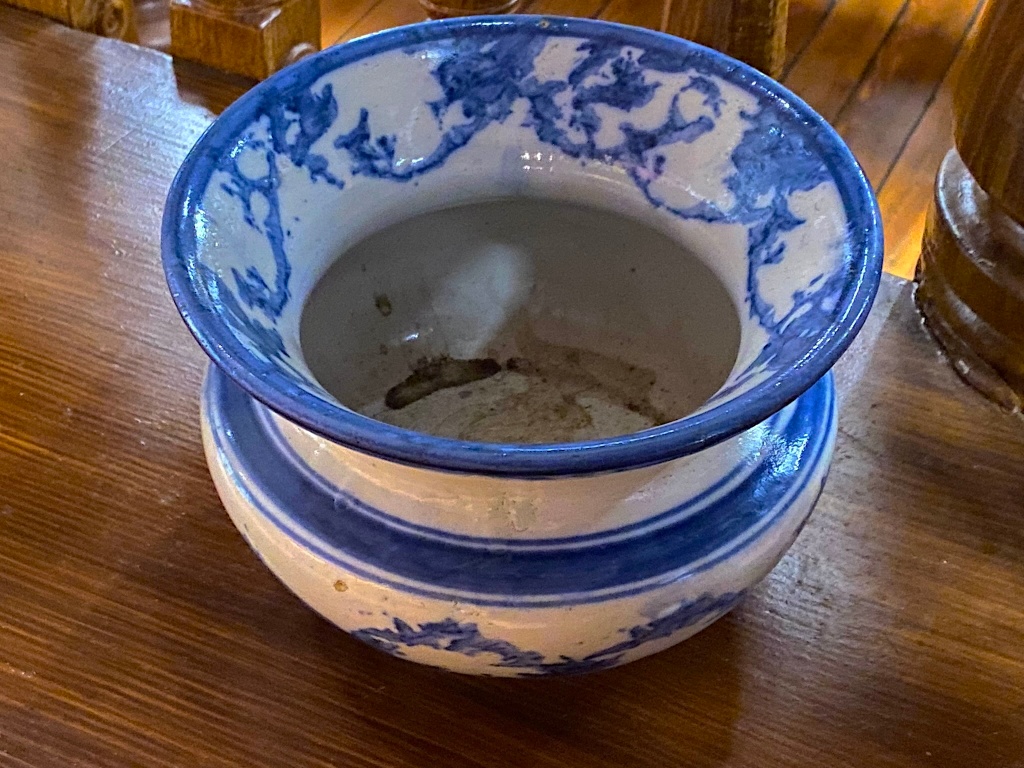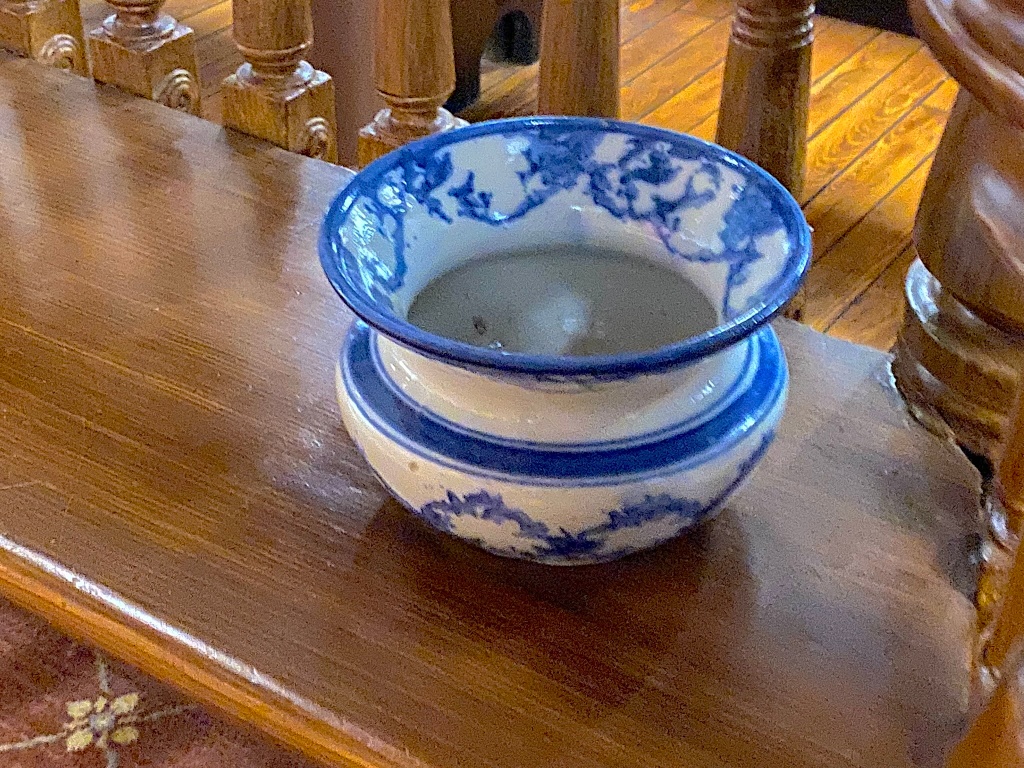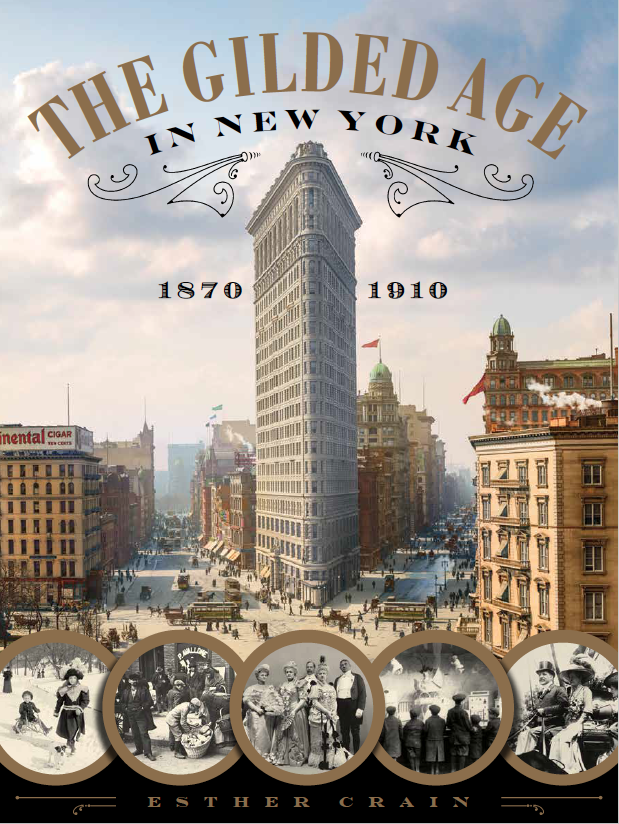There’s incredible beauty inside the Museum at Eldridge Street, the stunningly restored synagogue originally opened in 1887.
The physical building—with its stained glass windows and Moorish style—is an astounding remnant of a long-dispersed Eastern European Jewish community that packed into the narrow streets of the Lower East Side in the late 19th and early 20th century.
But it’s the artifacts inside that help tell the story of this historic sanctuary, from the brilliant brass chandeliers (originally gas-lit, then electrified) to the worn pine floorboards, where congregants would pray and leave “their physical imprint on the space,” per the Museum website.
And on display on a platform is a blue and white ceramic bowl (top photo). Its lowly yet important purpose? To collect spit from worshippers who would otherwise “expectorate” on the synagogue floor.
Seeing a spittoon in a house of worship might seem a little strange. But a century or so ago, these “cuspidors” were common everywhere men gathered: restaurants, clubs, hotels, railroad cars, banks, and bars (below photo shows the spittoons at J.J. Corbett’s Salon at Sixth Avenue and 33rd Street).
“Nineteenth-century America had a spitting problem,” explains the website for the Tenement Museum. “Public spitting . . . was a deeply engrained aspect of male culture. The use of chewing tobacco was nearly universal among the working class, while pipe tobacco and cigars became a status symbol for wealthier Americans.”
The male worshippers at the Eldridge Street Synagogue had picked up the spitting habit. According to a 2012 post on the Museum’s Facebook page, “the congregation at Eldridge Street would order [spittoons] at the start of the Jewish New Year. They were a way of keeping decorum. Spitting in a receptacle versus on the floor.”
Traditionally, a spittoon was placed on the floor. Exactly where it would have been in the Eldridge Street Synagogue is unclear. The main sanctuary was closed in the 1940s due to the dwindling congregation, then reopened to the public after the 20-year restoration was completed in 2007.
Thanks to turn-of-the-century laws outlawing public spitting (New York passed its first one in 1896), the practice has died down. Spittoons that once graced the floors of many city buildings and houses of worship are now more likely to be artifacts in museum collections like the one on Eldridge Street.
[Second image: Rhododendrites/Wikipedia; third image: MCNY 93.1.1.2206]








